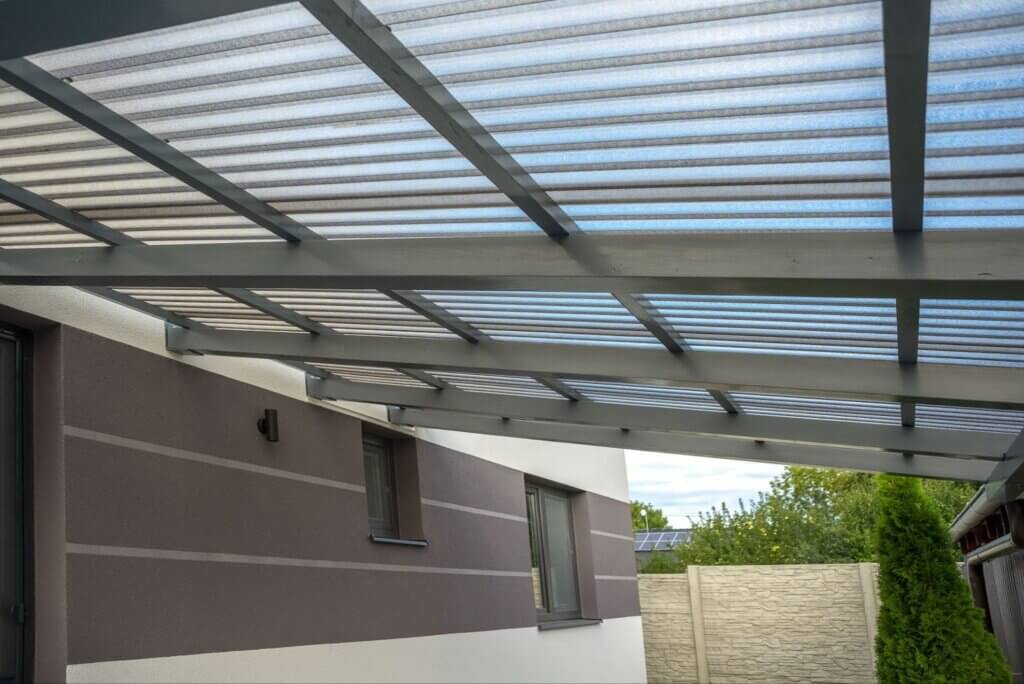
Creating custom frames doesn’t have to be difficult. There is a wide variety of materials available to choose from—and what you choose will depend on your budget, what you’re displaying, and where you are displaying it—just to name a few. Here, we discuss the best plastic materials for plastic picture frames and plastic art frames to help you decide what is best for your project.
Continue reading The Best Materials for Plastic Picture Frames














